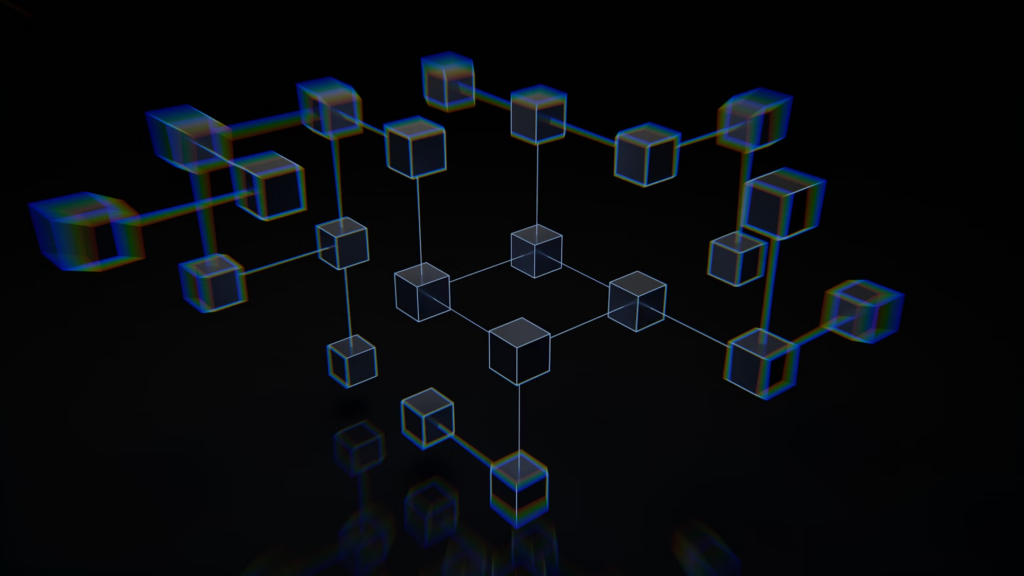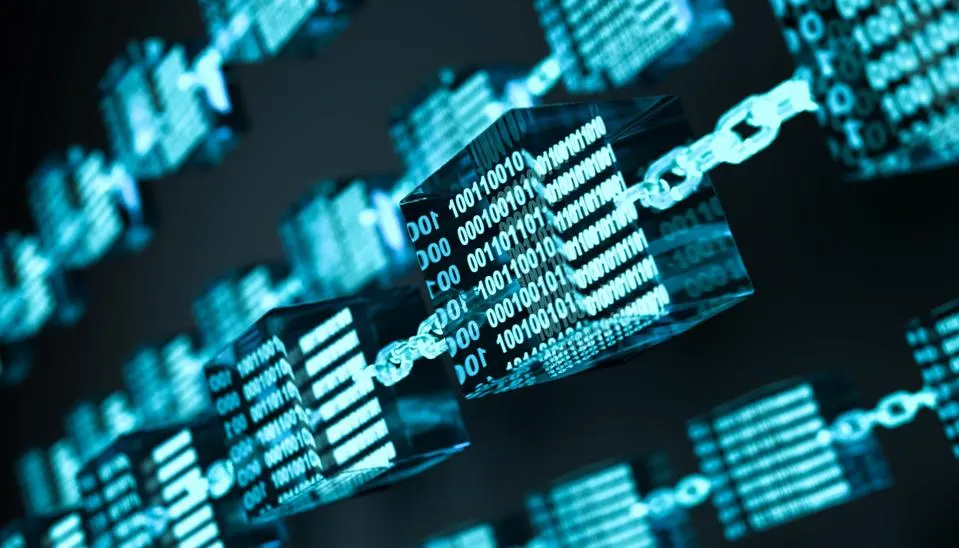Blockchain technology is reshaping how we manage and verify academic records. Its decentralized essence makes it nearly unimaginable to tamper with, providing a protected platform for educational credentials. As schools and universities adopt this technology, students can rest assured that their records are safe and secure, enhancing trust in the system.
For students, understanding and leveraging blockchain technology opens up new possibilities in various fields, including education. As they explore the vast potential of blockchain, essay writers can be a valuable resource. These professionals can help clarify complex concepts and assist in producing high-quality papers on blockchain’s benefits and applications.
With the foundational understanding of how blockchain enhances the security of academic records, let’s delve deeper into its specific applications and benefits within the educational sector.

Core Features of Blockchain Technology
Blockchain fundamentally operates as a distributed ledger that securely, transparently, and permanently logs transactions. Once information is entered into a blockchain, it becomes nearly impossible to change unless there is agreement across the entire network. These key features make blockchain ideal for securing academic records:
- Decentralization. It involves spreading data across numerous nodes within a network instead of keeping it centralized in one location. This approach significantly mitigates risks associated with data tampering and loss by eliminating any single point of failure. In the context of academic records, decentralization means that student transcripts and diplomas are less vulnerable to attacks and unauthorized alterations.
- Immutability of Records. The immutable nature of blockchain ensures that once an academic record is entered into the system, it cannot be changed retroactively. This permanence is crucial for maintaining the credibility of educational credentials, as it prevents falsification and ensures that all entries are permanent and verifiable.
- Transparency and Traceability in Record-Keeping. Blockchain’s transparency allows for a clear audit trail of all transactions, which, in the case of academic records, means every change or access to the documents can be tracked and verified. This level of traceability is invaluable in maintaining the trustworthiness of the educational credentials issued and held.
Applications in Education
By implementing blockchain, educational institutions can streamline processes and enhance the security and accessibility of academic records.
1. Securing Transcripts and Diplomas
Blockchain can be used to issue digital transcripts and diplomas that are secure, easily accessible, and verifiable in real time. This technology removes the requirement for manual verification, simplifying the process for employers and other educational institutions to confirm credentials.
2. Simplifying the Verification Process for Credentials
With blockchain, the verification of academic credentials can be simplified significantly. Educational institutions and potential employers can instantly verify the authenticity of a diploma or transcript without going through lengthy traditional channels, speeding up the admission and hiring processes.
3. Facilitating Transfer Credits Between Institutions
Blockchain also facilitates the smoother transfer of credits between institutions by providing a reliable and unchangeable record of a student’s academic history. This ensures that credits earned are accurately recorded and recognized, regardless of where a student chooses to continue their education.

Benefits for Students and Educational Institutions
The adoption of blockchain in education brings numerous benefits to students and academic institutions.
1. Enhanced Privacy and Control Over Personal Data
Students gain greater control over their personal information and how it is shared. Blockchain allows for the creation of secure, portable profiles that students can manage and share with institutions on a need-to-know basis, enhancing privacy and data security.
2. Reduction in Fraud and Misrepresentation
The integrity of blockchain-based records significantly reduces the potential for fraud and misrepresentation of academic credentials. This heightened security is beneficial to both students and employers and maintains the value of academic achievements.
3. Increased Efficiency and Reduced Administrative Costs
Blockchain can streamline many of the administrative processes in educational institutions, such as enrollment, record-keeping, and credential verification, leading to increased efficiency and potentially lower costs. This automation reduces the bureaucratic overhead and enables institutions to utilize their resources more efficiently.
Blockchain technology is an intriguing area of study. As an interdisciplinary field, it encompasses aspects of computer science, cryptography, and legal studies. For students tackling this intricate topic, the learning curve can often be challenging. In such instances, accessing external support can be invaluable. Platforms like Essay Pro reviews allow students to find experienced writers who can provide guidance when blockchain homework becomes particularly challenging or confusing.
Challenges and Considerations
Blockchain technology is intricate and demands substantial technical know-how for its implementation and ongoing management. Educational institutions might struggle with the acquisition of the required technical skills among their staff or with the expense of engaging external experts. Additionally, for blockchain to effectively secure academic records, there needs to be a broad adoption across many institutions, which can be slow and uneven.
Although blockchain improves data security, it also introduces privacy concerns, particularly regarding the permanence of personal data. Once information is placed on a blockchain, it is difficult to alter or remove, which can be problematic if incorrect data is recorded or if data needs to be deleted for legal reasons.
Conclusion
The integration of blockchain into educational systems signifies a major step forward in how academic records are maintained and shared. Despite facing challenges like technical complexity and integration hurdles, the benefits—ranging from enhanced security and privacy to reduced administrative costs—present compelling reasons for its adoption. As the technology matures and more institutions come on board, the future of blockchain in education looks promising.
- Unlock the Power of AI: Unveiling Innovative Ways to Earn Income Online
- How Database Monitoring Services Can Ensure Business Continuity
- Artificial Intelligence in SEO: Exploring Opportunities for Semantic SEO, Data-Driven Strategies, Link Building, and More
- New book is out! Business models in emerging technologies

